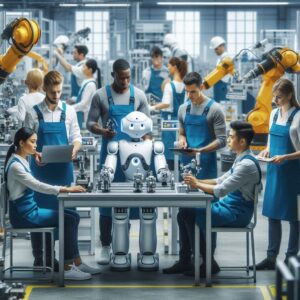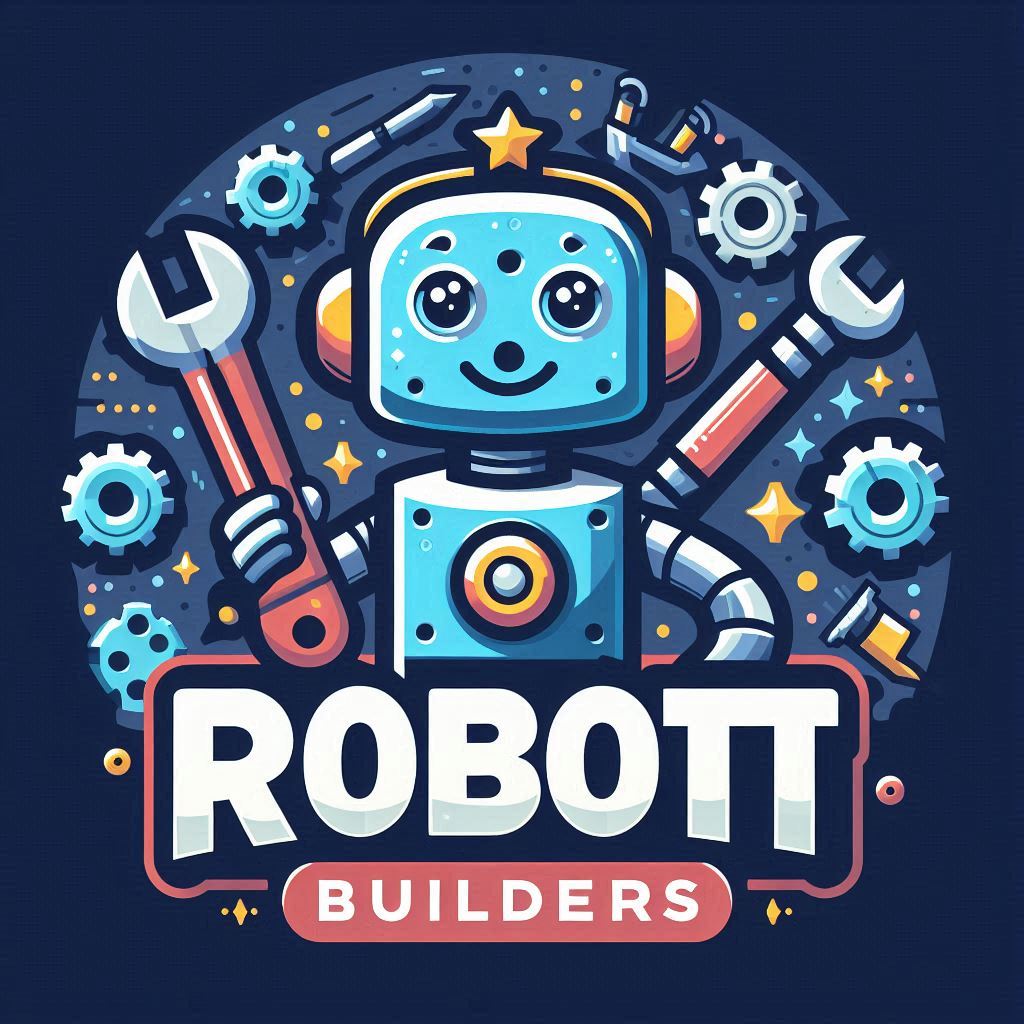Collaborative robots, commonly known as cobots, are transforming the way we work. Unlike traditional industrial robots confined to isolated environments, cobots are designed to work alongside humans in shared spaces. They’re enhancing productivity, improving safety, and redefining the future of the workforce across industries. In this article, we’ll explore how cobots are changing the workforce, their benefits, and the challenges they address.

Introduction: The Rise of Collaborative Robots
The global rise of collaborative robots reflects the growing demand for smarter automation solutions. Cobots are unique in their ability to work interactively with humans, combining human creativity with robotic precision. As industries face challenges like labor shortages and rising operational costs, cobots offer a flexible and efficient alternative.
1. Boosting Productivity Across Industries
Cobots excel at repetitive, labor-intensive tasks, freeing up human workers to focus on innovation and problem-solving.
Key Applications:
- Manufacturing: Cobots assemble products, perform quality checks, and handle materials with precision.
- Healthcare: Cobots assist with tasks such as patient care, surgical preparation, and rehabilitation therapies.
- Logistics: Cobots optimize warehouse operations by handling packaging, sorting, and loading.
By taking on mundane tasks, cobots allow human employees to focus on higher-value activities, boosting overall productivity.
2. Enhancing Workplace Safety
Safety is a critical factor in industries where heavy machinery and hazardous environments are common. Cobots are equipped with advanced sensors and programming to ensure safe collaboration with human workers.
How Cobots Promote Safety:
- Collision Detection: Sensors stop cobots instantly if they detect an obstruction.
- Force Limitation: Cobots are programmed to operate within safe force thresholds to prevent injuries.
- Remote Monitoring: Cobots can be controlled and monitored remotely, reducing human exposure to risks.
This innovative approach significantly lowers workplace accidents, creating safer environments for employees.
3. Addressing Labor Shortages
Labor shortages are a growing concern in industries like manufacturing, logistics, and healthcare. Cobots offer a solution by taking over repetitive tasks without requiring breaks or vacations.
Benefits in Workforce Dynamics:
- Flexibility: Cobots can be reprogrammed to perform various tasks across departments.
- 24/7 Operation: Unlike humans, cobots can work tirelessly around the clock, ensuring consistent operations.
- Scalability: Businesses can easily scale cobot integration to meet changing demands.
By addressing labor shortages, cobots ensure businesses remain productive even during workforce gaps.
4. Collaboration, Not Replacement
Unlike traditional automation that replaces human workers, cobots complement human abilities by enhancing efficiency and accuracy.
Human-Robot Synergy:
- Workers collaborate with cobots to perform tasks more quickly and effectively.
- Cobots handle monotonous tasks, allowing humans to focus on creative and strategic roles.
- Training programs help workers integrate cobots into workflows, ensuring smooth collaboration.
Cobots are designed to work alongside humans, creating opportunities rather than replacing jobs.
5. Overcoming Challenges and Resistance
While cobots are revolutionizing industries, their adoption is not without challenges. Businesses must address resistance to change, high initial costs, and training requirements.
Solutions for Smooth Integration:
- Employee Training: Offer hands-on training to familiarize workers with cobot operations.
- Gradual Implementation: Start with small-scale integration to minimize disruption.
- Cost Analysis: Highlight the long-term cost savings from cobot implementation.
By addressing these challenges, businesses can fully leverage the benefits of collaborative robots.
Conclusion: A Workforce Transformed
Collaborative robots are more than a technological innovation—they’re a workforce revolution. By improving productivity, enhancing safety, and addressing labor shortages, cobots are shaping the future of work. Their ability to work interactively with humans ensures that automation complements human skills rather than replacing them. As cobot technology evolves, industries will continue to embrace their transformative potential, creating dynamic workplaces where humans and robots thrive together.
